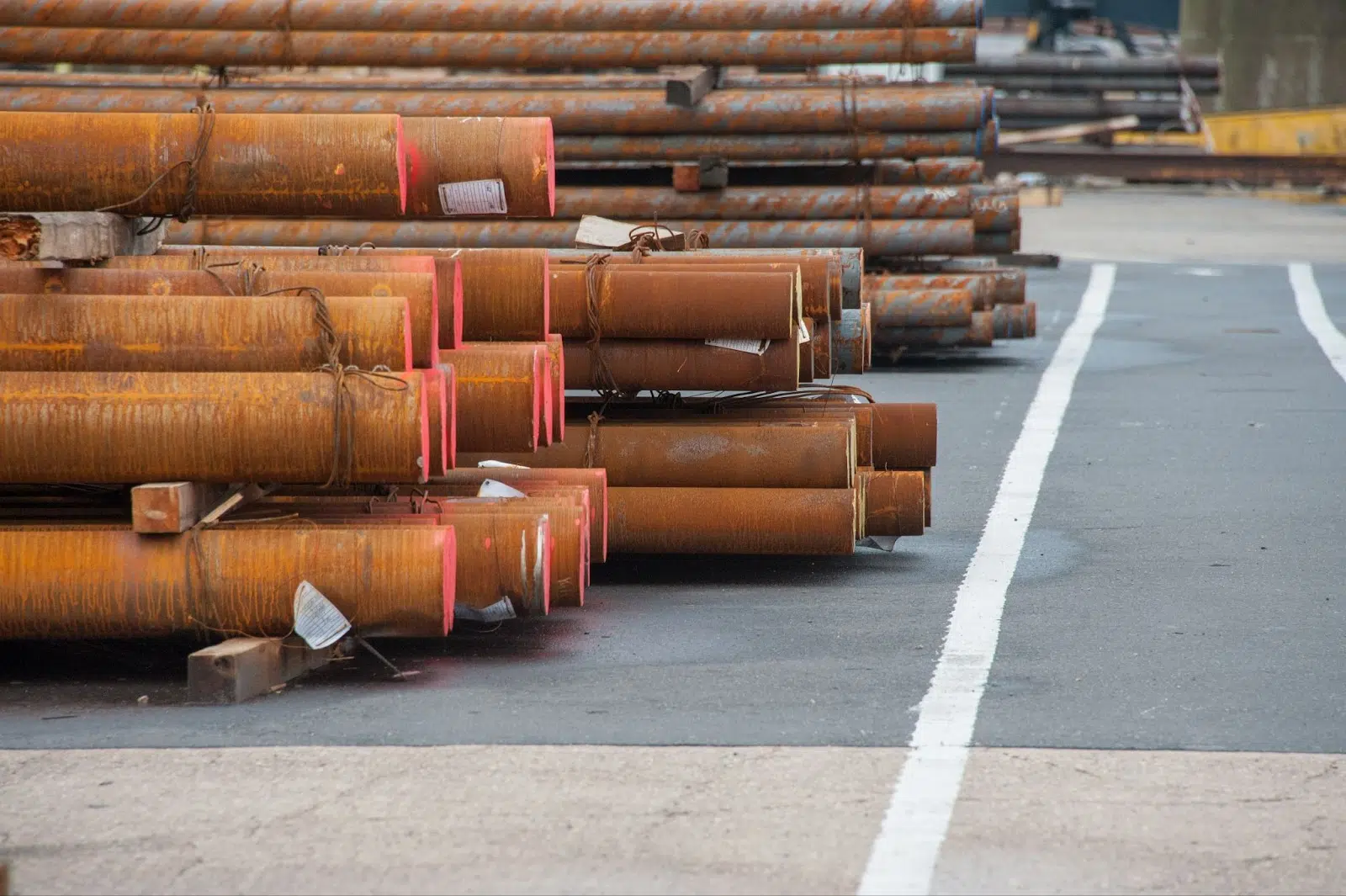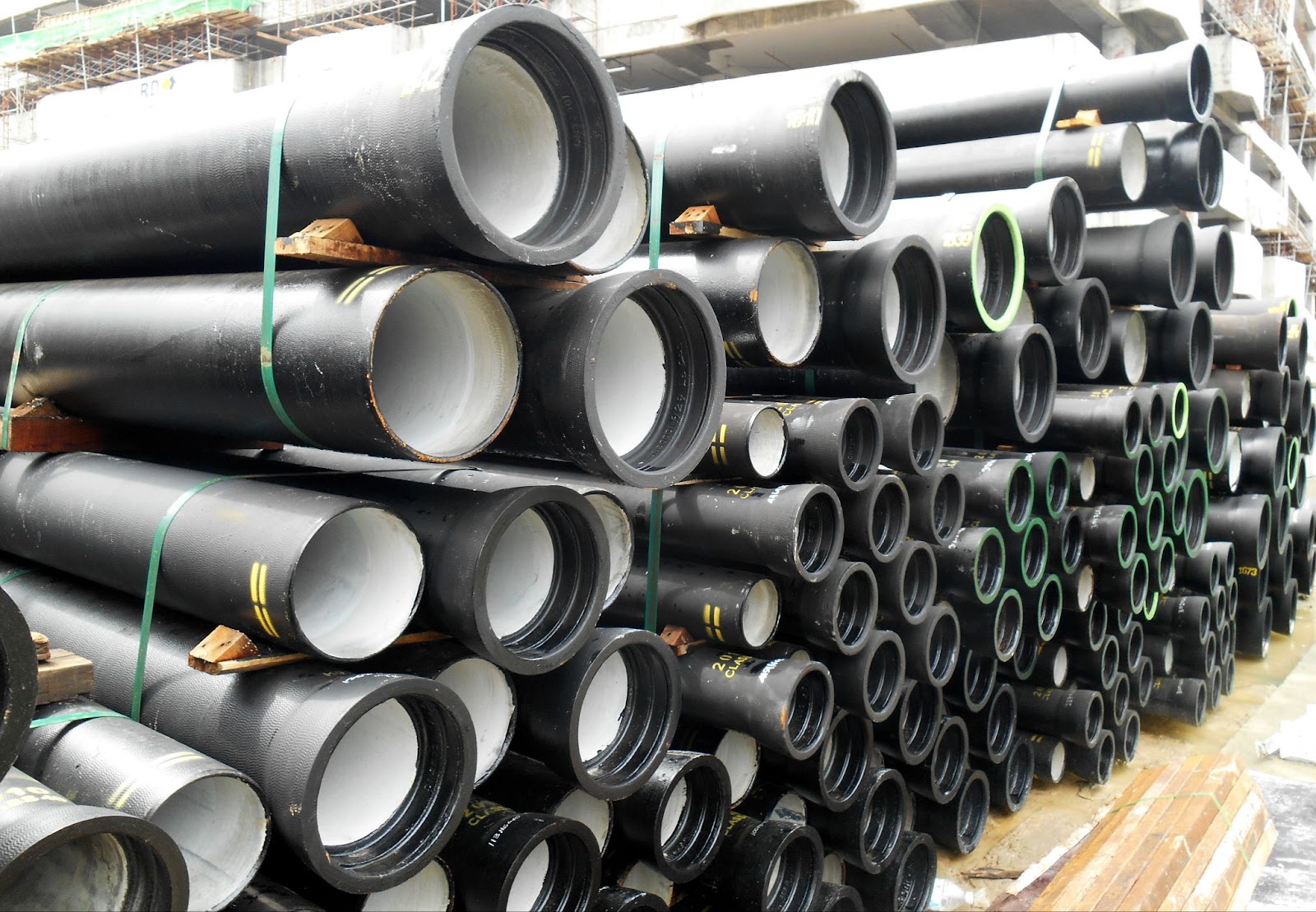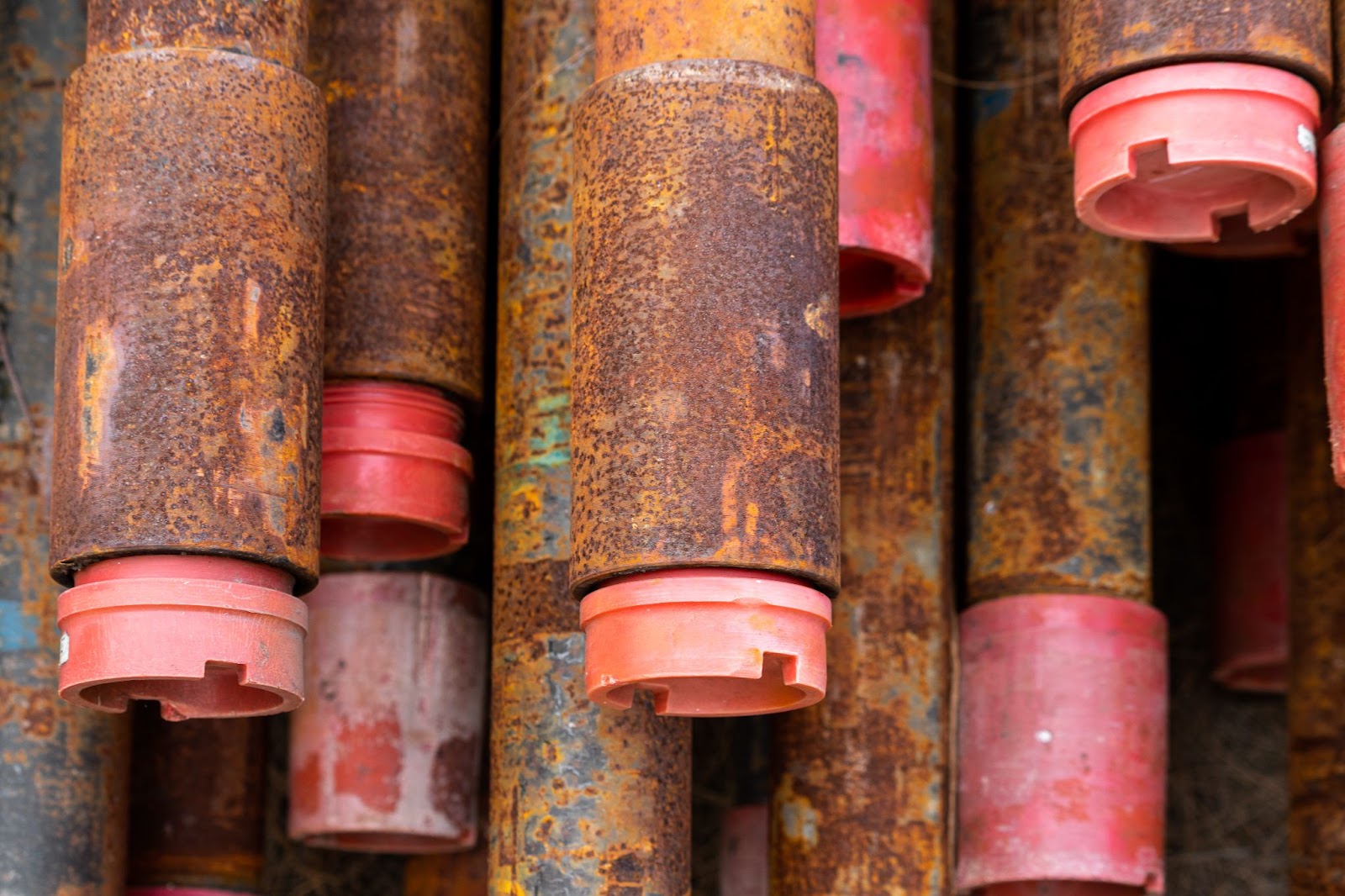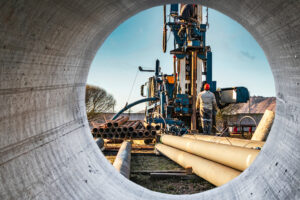The oil and gas industry relies on miles of high-strength, pressure-resistant pipe to transport its products from the drilling site to the oil refinery or gas distribution center. Any flaw in the piping system, such as a leak at a junction, a crack, or a hole in the pipe itself, represents not only the loss of a valuable resource but also a serious risk to the environment.
Here are the best practices to ensure pipeline safety and integrity, especially when storing and transporting pipe.
Risks Inherent in Pipe Storage

When pipes are in storage, they are stacked in racks. But during the stacking process and transportation, pipes are in constant contact with each other. This creates the potential for impact or friction, which can damage the surface of a pipe and the pipe threads if the protectors cannot withstand the loads. Damaged metal is more vulnerable to corrosion from exposure to moisture, contaminants, or the extreme heat and cold that oil and gas pipes often endure.
Fortunately, there are several products designed to minimize motion and contact between pipes.
Storage Racks
A secure pipe rack should be the correct size to support the length, diameter, and weight of the pipes you need to store or transport. Some storage systems require pipes to be fastened to the system with tools, but there are also racks available that are designed to support pipes securely with adjustable blocking. The material of a storage rack should be strong, flexible, and UV resistant.
At MSI, we offer the RHINO™ Tubular Handling System for a maxim level of performance, strength, and endurance. By making it simple to stack pipes with contact, they help you transport various sizes of heavy-duty pipe safely wherever you need them to go.
Bumper Rings
These robust rings separate the pipe from each other, protecting the pipe surface during transportation and inspection. Just like the bumpers on a car, the bumper rings protect the pipes These connections provide additional tensile capacity and improved hydraulic sealing, while also providing easier makeup of the string.
See the full list of features and benefits of MSI’s bumper ring products.
Pipe Chocks
Pipe chocks are pyramid-shaped wedges placed underneath a pipe on either side to hold it in place, often at multiple locations along the length of the pipe. If you’re using a storage rack that does not hold each pipe individually in wedged slots, it’s very important to use pipe chocks throughout a stack to eliminate motion.
See how MSI’s pipe chocks provide stability for storing and transporting pipes.

Thread Protectors
Thread protectors are fitted to the ends of pipes to protect the metal threads from wear and corrosion. Made of high-resistance plastic, thread protectors effectively prevent corrosion from contaminants, weather conditions, and impacts. Protecting the ends of pipes ensures that they remain functional and leak-proof throughout their lifespans.

Get to know MSI’s full catalog of pipe protection products.
Pipe Storage Compounds
Storage compounds prevent corrosion and can be used whether or not any damage has already occurred. By using the proper amount of storage compound dispersed on the thread you can avoid thread pitting or the start of corrosion on the threads
Get Quality Pipe Storage and Handling Products from MSI
MSI Pipe Protection Technologies leads the industry in top-of-the-line protection for oilfield products. Using high-quality raw materials, MSI can provide precision CNC-machined threads according to industry standards or a custom design. We test all of our pipe protection products for durability, resistance to UV radiation, impact, vibration, and extreme temperatures, as well as corrosion and fit. Contact us today or call 1-877-276-9208 to learn more.




